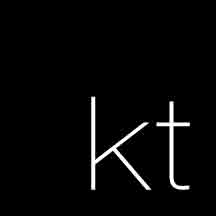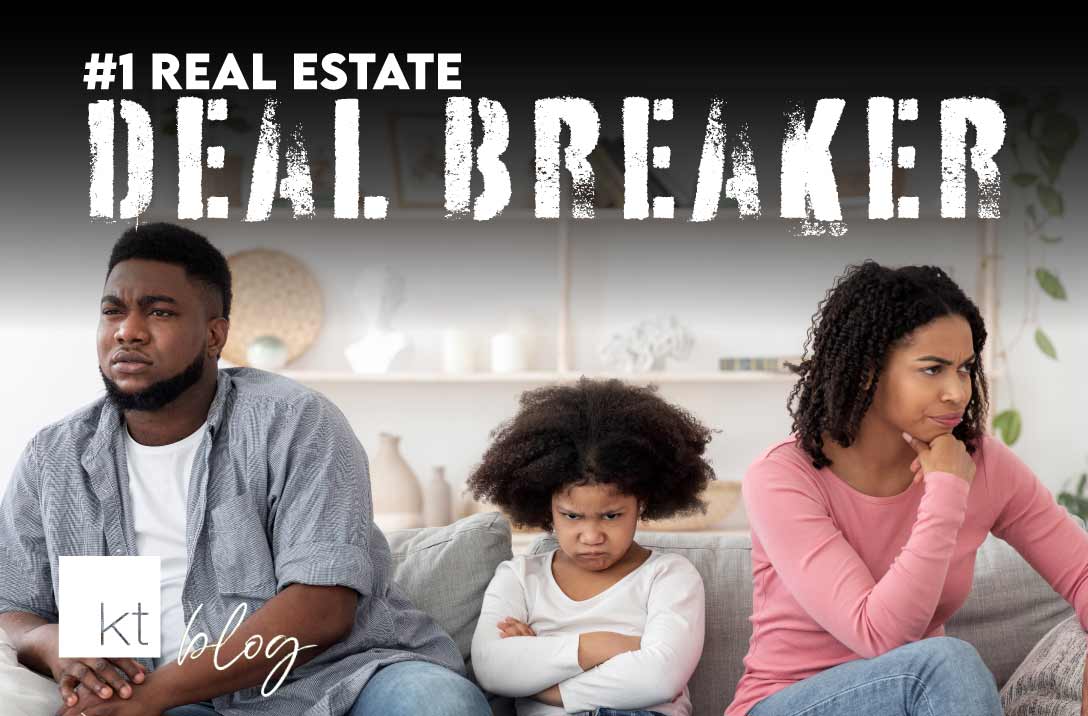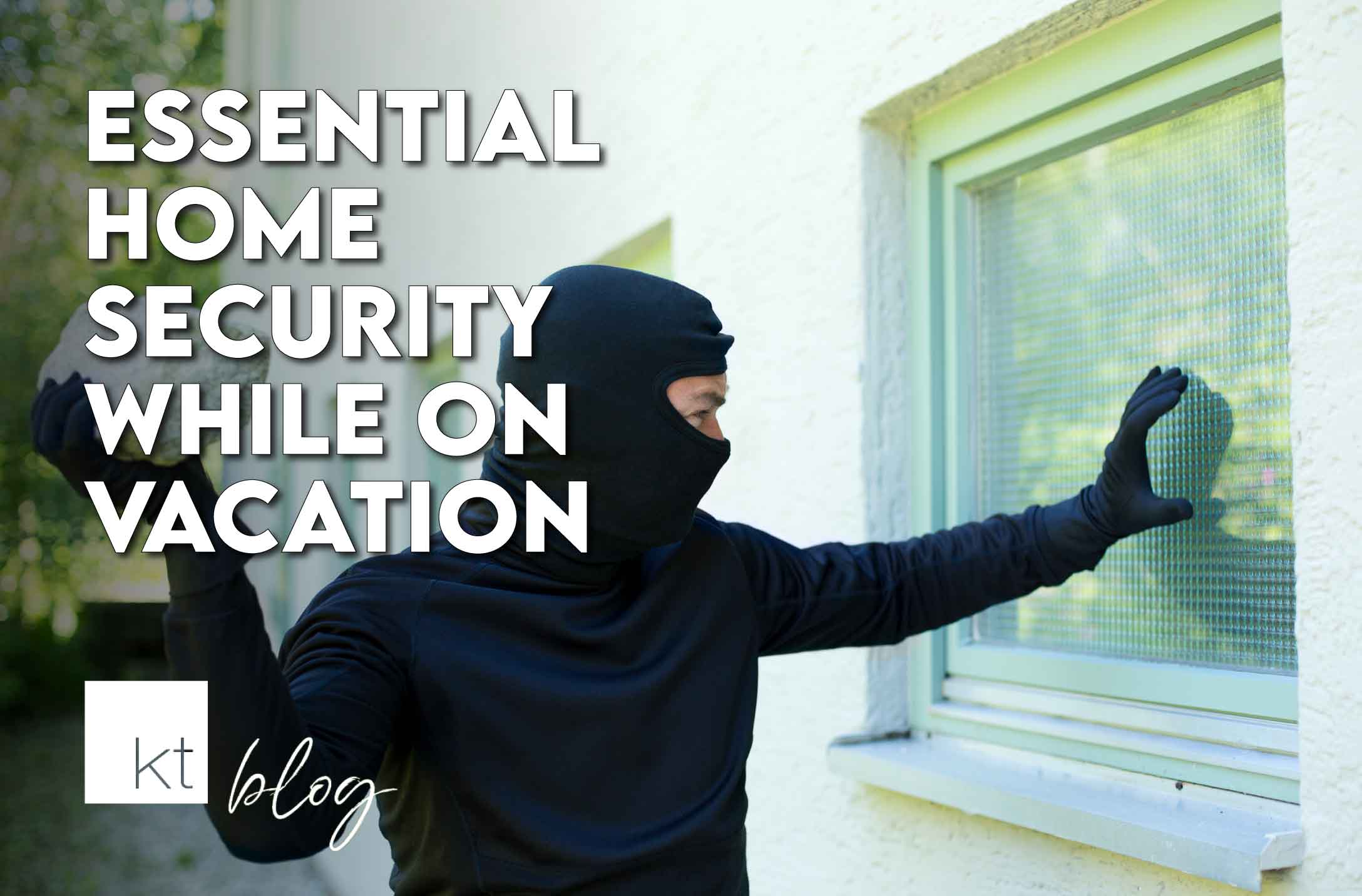Buying and selling a home comes with plenty of stress for both parties. One of the many complications, which is often a deal breaker, is not being able to satisfy both parties with the ideal closing date.
Once in a while, both parties will choose the same closing date, but their ideal dates will often be weeks or months apart. This can be a deal breaker for some, but usually only if it’s not addressed earlier on in the process.
Comment your thoughts on what our clients ended up doing in Scenario 2 and let us know if you could do the same 😬
Scenario 1: The buyer wants a later closing date than the seller
What is a bridge loan?
This is where bridge financing comes into the picture. Bridge financing or a bridge loan is essentially short-term financing that covers the time frame between the closing date on your new home and selling your existing one. These loans are meant to be temporary. Usually, there’s a maximum of 90 days.
Why get a bridge loan?
Bridge loans also come in handy if you plan on renovating or upgrading the new home you purchase. Things like painting, flooring, or new kitchen cabinets, can be done before you move in, so you don’t have to live with the mess.
Does everyone qualify for a bridge loan?
Before listing your property for sale, you’ll want to consult with your mortgage broker or bank to determine if you qualify for a bridge loan. Since you’ll be carrying two mortgages for a short time, you’ll need to show the lender you can cover the mortgage on the property you’re buying and the bridge financing on the property you’re selling.
Questions you want to be answered before listing your home for sale include:
How much does a bridge loan cost?
Knowing the approximate daily, weekly or monthly cost of your bridge loan will help you determine how attractive one offer with a longer closing date is over another offer with a short closing. It could also provide leverage in asking for a higher price to offset the long closing. Knowledge is power!
It’s common for deals to fall apart because buyers and sellers aren’t educated about bridge loans. A 30-day bridge may cost you a few thousand dollars, but there’s a possibility that you can negotiate it into the selling price. And even if you can’t, isn’t it worth it if you’ve found the home you’ve been searching for?
Of course, there is a certain amount of risk in getting a bridge loan for the borrower and the lender, which is why a bridge loan usually has a higher interest rate than long-term financing options. There can also be additional transaction costs.
Scenario 2: The Buyer Wants a Quicker Closing
This is pretty straightforward. You’re going to be homeless.
Flexibility with your closing date gives you an advantage when negotiating, so ensure you’ve considered all options. This includes having options for alternate living arrangements. We’ve had a family of five rent a basement apartment for six months in order to accommodate the highest bidder during a multiple offers situation because the price made sense –despite the sacrifices.
Whether renting a basement apartment, an Airbnb or shacking up with your parents again, consider your options before going to the market.
Hopefully, these tips will help you prevent an avoidable deal breaker when negotiating the sale of your property.
For more tips and a touch of humour, follow the KT team on Insta, TikTok, Facebook or Youtube.
And forget deal breakers; what happens if you can’t close your deal?? Whether rising interest rates or other unforeseen circumstances, it’s not as uncommon as you may think. Check out the discussion in episode 223 of KT Confidential | The Real Estat Podcast





